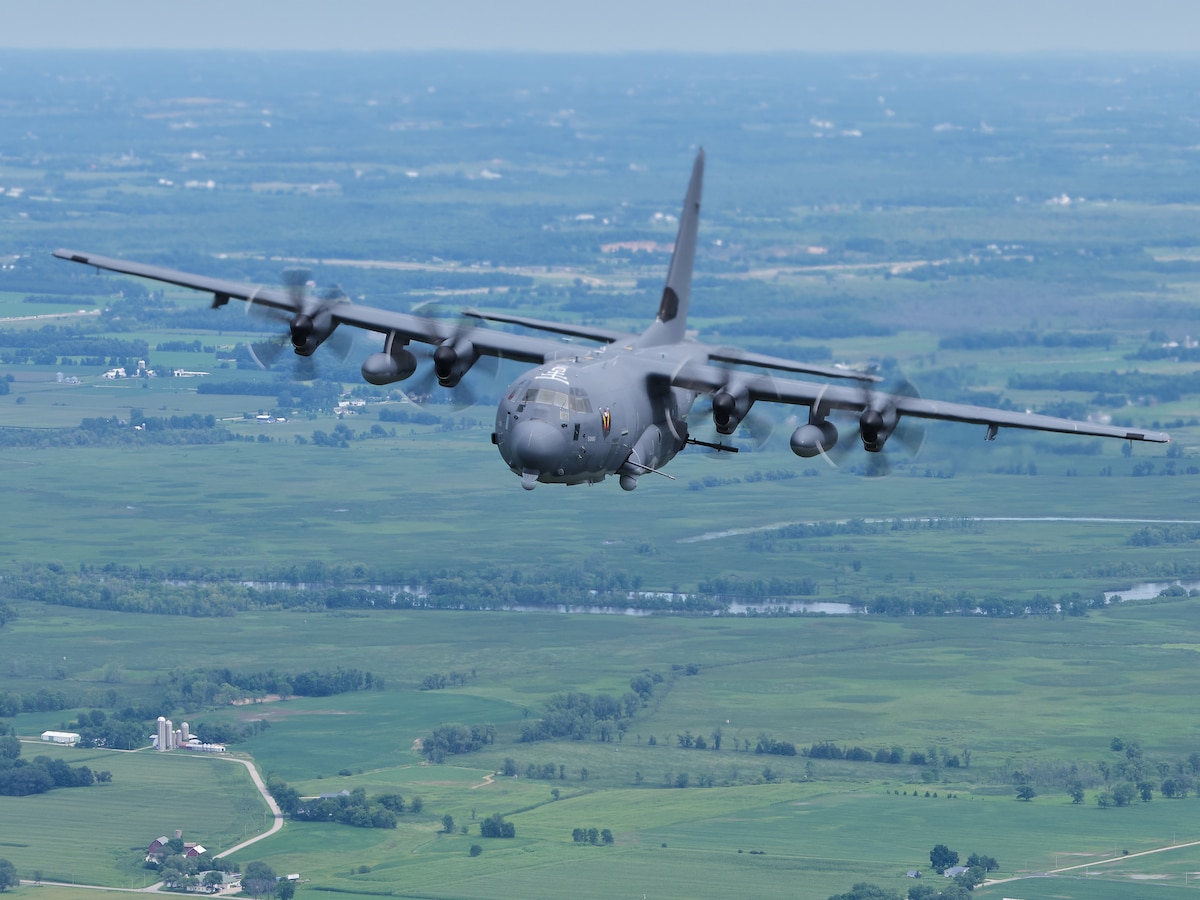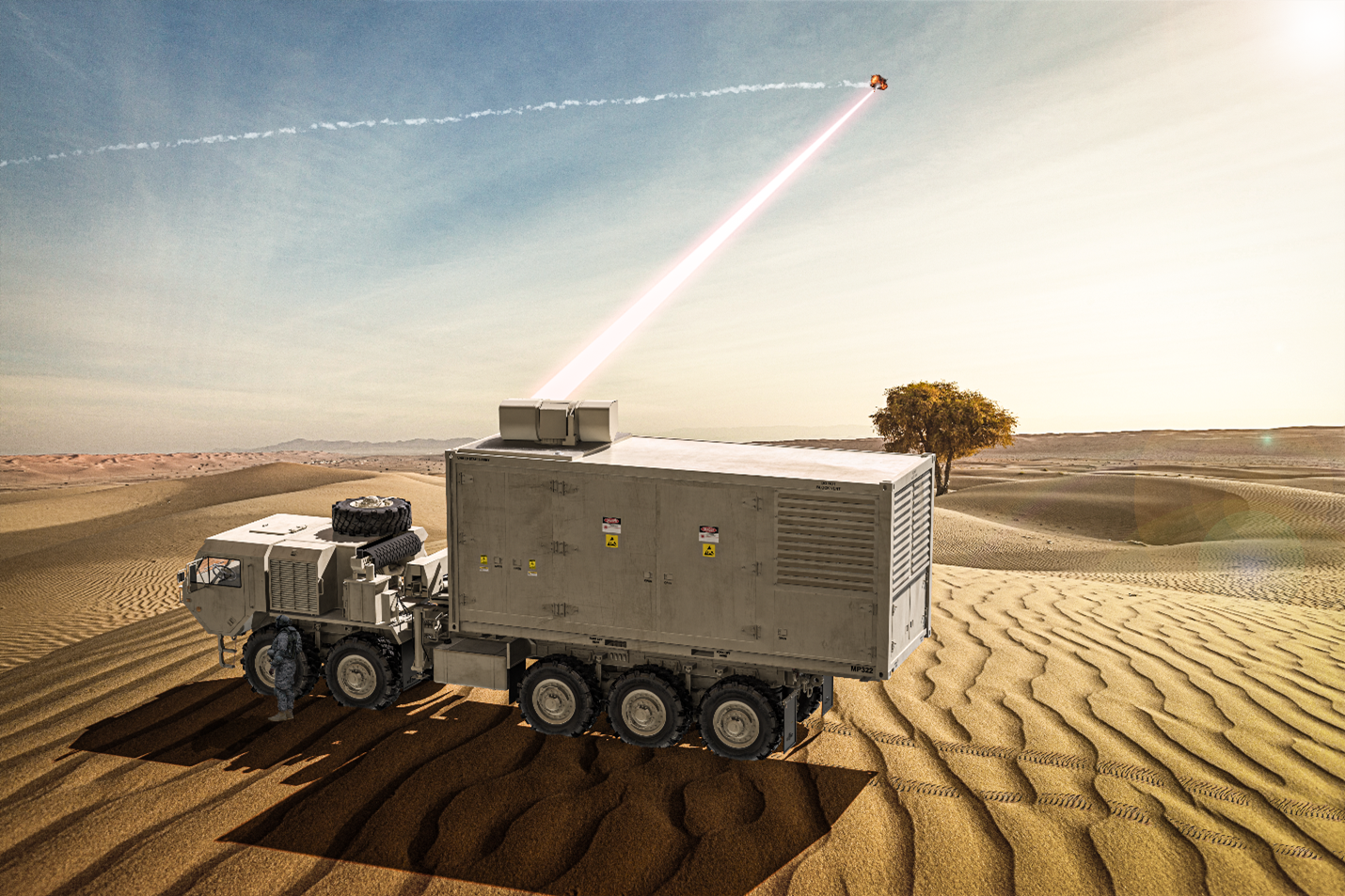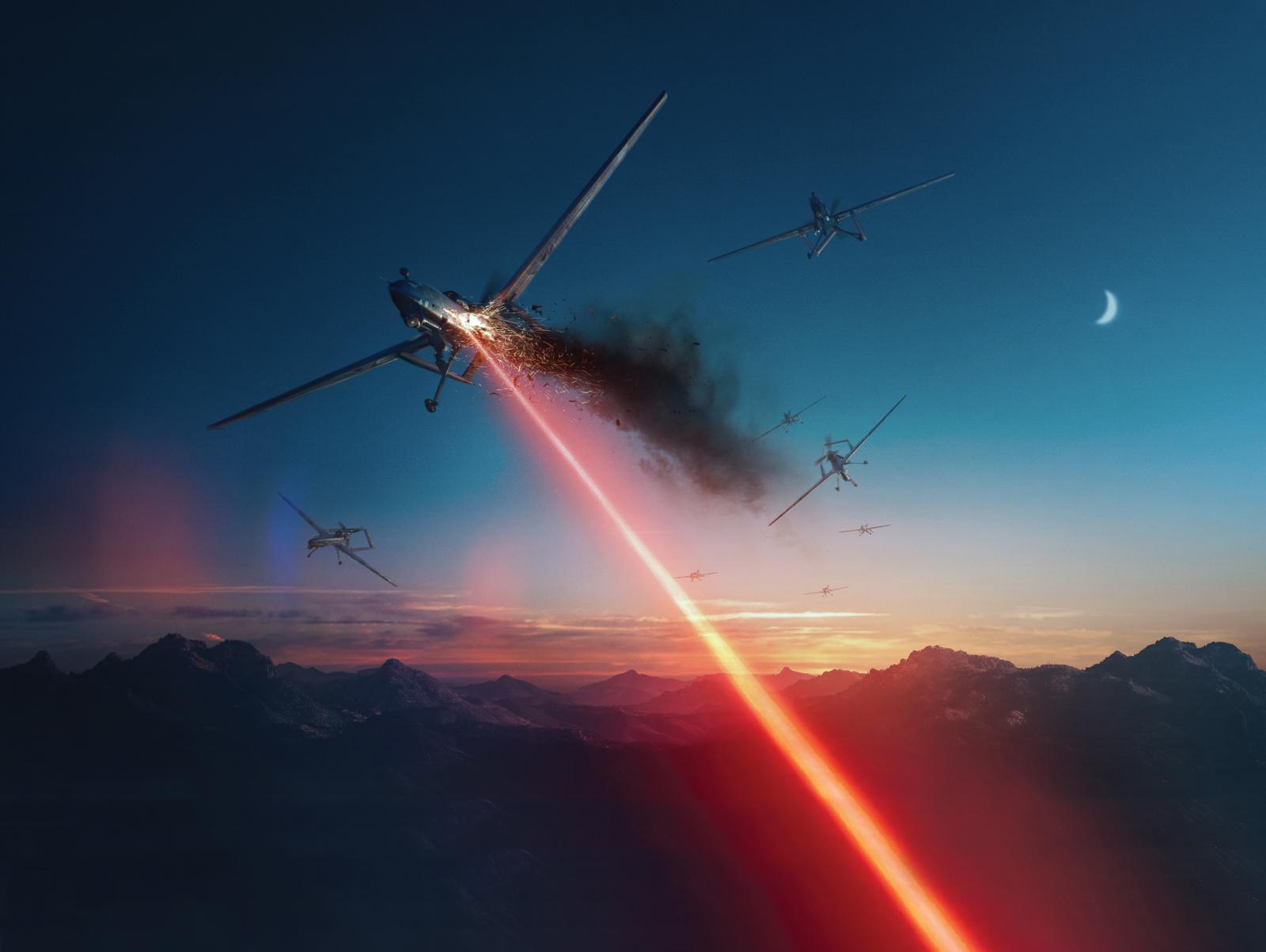The fourth-generation AC-130 aircraft of the US Air Force (USAF), called the “Ghostrider,” is finally set to test-fire a high-energy laser in flight, seven years after the idea was first floated.
Air Force Special Operations Command (AFSOC) will test an airborne laser on an AC-130J gunship a year later than initially anticipated. The AC-130J is a highly modified C-130J aircraft with an advanced two-pilot flight station and fully integrated digital avionics.
The AFSOC spokesperson Lt. Col. Becky Heyse, announced a flying demonstration of Lockheed Martin’s Airborne High Energy Laser (AHEL), which will be integrated on an AC-130J Ghostrider, would begin in summer 2023 and last through the fall.
“Results of the testing will determine future operational usage,” she said, adding that “at this time, there is no concept of operation/employment developed for the [high energy laser].”

The announcement comes a year after defense giant Lockheed Martin delivered the 60-watt laser to AFSOC in October 2021, after finishing the factory acceptance testing. The AFSOC has since worked on integrating it with other systems, ground testing, and readying it for flight testing on the newest Ghostrider gunship.
The Ghostrider is already well-equipped with 30mm and 105mm cannons, AGM-176A Griffin missiles, and the capacity to transport Hellfire missiles and GBU-39 small-diameter bombs. However, the Air Force has been working to equip the gunship with a laser for years.
In 2015, now-retired Lt. Gen. Bradley Heithold suggested replacing the 105mm cannon with a laser that could first fire defensively to stop a missile heading for the gunship. Or it might be used offensively to cripple enemy vehicles or aircraft quietly.
Lockheed was awarded the contract to integrate, test, and demonstrate the laser subsystem on the AC-130J in 2019. However, the future of the AHEL aboard the AC-130J Ghostrider has remained a pipe dream for a long time.

The integration of laser weapons technology is currently one of the high-priority targets of the US military, especially after the US lawmakers asked the armed services to speed up efforts toward developing Directed Energy Weapons (DEWs) in early July.
Besides the AHEL, the US Air Force received its first high-energy laser weapon on July 12, called LANCE (Laser Advancements for Next-generation Compact Environments), from Lockheed Martin. Lockheed Martin has also delivered a 300kW HELSI laser to the US Army and 60+ kW HELIOS to the US Navy.
Ghostrider All Set To Fire The AHEL
The AC-130J aircraft is a medium-sized, multi-engine tactical aircraft with several sensors and weaponry for air-to-ground attacks. The main tasks of the AC-130J Ghostrider are armed reconnaissance, air interdiction, and close air support. Close air support missions include troops in contact, convoy escort, and point air defense.
Due to the anticipated beginning of flight testing, US Special Operations Command requested an additional $4 million ($16 million) for laser integration on the AC-130J in FY23 instead of FY22. According to budget documents, this money also pays for pre-flight ground testing and inspecting the aircraft’s fitness.
A high-energy laser mounted on an AC-130J could be used to target and destroy an electrical transformer, the engine of a pick-up truck, communication equipment, and a stationary drone, according to a scenario that Lieutenant General Brad Webb, former commander of Air Force Special Operations Command (AFSOC), described to National Defense magazine.
The Air Force has also previously conducted tests with laser weapons. The benefit of integrating a laser weapon system into an AC-130 gunship was tested in several ways in the 1990s and 2000s. AC-130 test bed aircraft was used to conduct several actual live-fire tests of the Advanced Tactical Laser (ATL).
As far as the AHEL is concerned, the capacity of the laser to harm targets is described by the Air Force as having “scalable effects.”
The AHEL may be used to cause fires inside enemy fortifications, possibly exploding bombs that were stored there or taking out vital machinery. Such attacks would be covert and defensible, shooting an invisible beam of light at a standoff range of about 10 kilometers.

It hasn’t been an easy journey for AHEL. The goal of starting testing on an AC-130J was anticipated before 2020, but it proved unattainable. Above all, experts continued to have trouble reducing the system’s size to fit inside an aircraft, especially the AC-130J, as previously noted by The War Zone.
The Lockheed AHEL was created for the AC-130J Block 20 variant, which could be another issue. All AC-130J Block 20s are currently converting to Block 30 status, and it is not yet clear how long or how much money it will cost to change the laser configuration.
However, it will be up to AFSOC to decide whether it can secure sufficient funding to convert the program from a technical development into an operation once the final flying demonstration is complete.
- Contact the author at sakshi.tiwari9555@gmail.com
- Follow EurAsian Times on Google News




